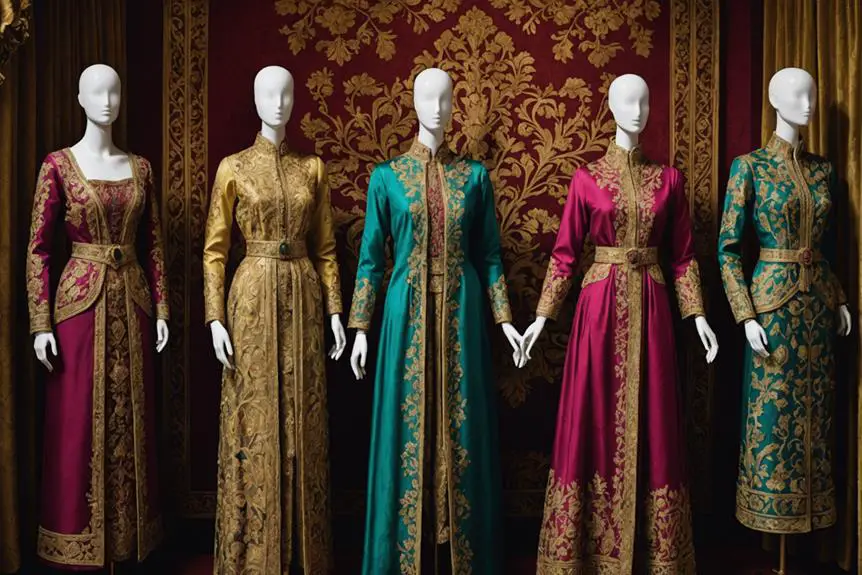The demi-fine jewelry market is set to grow significantly, with rising demand for affordable luxury and ethical sourcing among younger consumers.
The demi-fine jewelry market is currently experiencing significant growth, marked by a heightened consumer interest in affordable luxury and ethically produced accessories. Recent market research indicates that the global demi-fine jewelry market is anticipated to reach an estimated size of USD 1,998.2 million in 2024, potentially growing to USD 2,711.5 million by 2034. This expansion is projected to occur at a Compound Annual Growth Rate (CAGR) of 3.1% throughout the forthcoming decade.
Demi-fine jewelry occupies a unique space in the market, bridging the gap between high-end fine jewelry and everyday fashion items. Characteristically made from semi-precious stones and quality metals like gold vermeil and sterling silver, it is perceived as a luxurious yet affordable alternative, attracting a growing base of consumers who appreciate both quality and price.
The surge in popularity of demi-fine jewelry among Millennials and Gen Z is a significant factor contributing to this market expansion. These demographics are increasingly favoring minimalist designs and sustainable materials—features that are integral to many demi-fine jewelry collections. Social media, particularly through influencer marketing, has become a decisive force in shaping consumer choices, with many digital-native brands successfully tapping into the trend. These brands often offer customizable and stackable jewelry pieces that resonate with a modern audience.
E-commerce also plays a crucial role in the democratization of access to luxury-inspired jewelry, with direct-to-consumer (DTC) models thriving. The convenience offered by online shopping, enhanced by virtual try-on tools and compelling brand narratives, has allowed niche brands to proliferate on a global scale. North America and Europe currently dominate the market share, while emerging economies in Asia-Pacific are expected to show substantial growth driven by increased internet access and disposable income.
In terms of regional growth projections from 2024 to 2034, several key markets are identified. India is anticipated to lead with a CAGR of 4.5%, attributed to a burgeoning middle class and an escalating demand for stylish and sustainable jewelry. Following closely, China projects a CAGR of 4.2%, bolstered by a shift toward affordable luxury and improved online retail infrastructure. Australia’s market is also expected to grow, with a CAGR of 3%, reflecting a growing consumer preference for ethically sourced jewelry. Germany is projected to see a moderate growth rate of 2.1%, as German consumers continue to prioritize ethical sourcing and quality. The United States is forecasted to grow at a slower rate of 1.8%, showing a mature market adapting to demands for affordable and ethically sourced options.
Several brands are leading the demi-fine jewelry sector, including Otiumberg Limited, Missoma Limited, and Catbird, among others. Noteworthy industry updates include the recent announcement that actor Shraddha Kapoor has partnered with Palmonas, a demi-fine jewelry brand, as Co-founder. Palmonas, co-founded by Pallavi Mohadikar and Dr. Amol Patwari, focuses on providing elegant yet affordable pieces made from surgical-grade stainless steel and sterling silver plated with 18-carat gold. In another development, Tanzire, an Indian marketplace for demi-fine jewelry, has introduced the London-based brand Missoma to the Indian market, known for its avant-garde designs and sustainable practices.
The demi-fine jewelry sector is characterized by several key segments, including various price ranges, applications among different genders, and distribution channels that encompass both online and offline sales. Future Market Insights continues to provide insights into this growing market, offering comprehensive analysis and data to various stakeholders in the jewelry industry.
Source: Noah Wire Services




